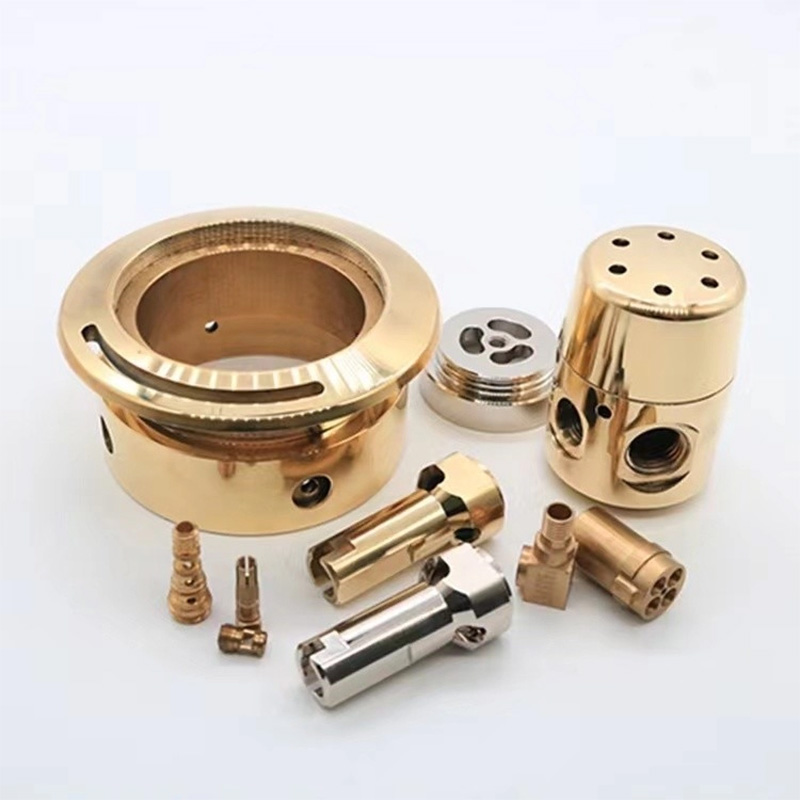Why Sheet Metal Enclosure Design Matters More Than You Think
Sheet metal enclosure design isn’t just about creating a protective shell. It’s the backbone of industrial equipment durability. According to Fabrication Today, 68% of enclosure failures stem from poor material selection. Let me share a 2025 project where our team reduced corrosion issues by 40% using galvanized steel.
Material Selection: The Make-or-Break Factor
Aluminum vs stainless steel? Here’s the catch: Aluminum offers better weight savings (up to 50% lighter!), but stainless steel excels in harsh environments. For outdoor applications, we recommend this weatherproof sheet metal enclosure with IP66 certification.
| Aluminum | Stainless Steel | |
|---|---|---|
| Cost | $25/kg | $40/kg |
| Corrosion Resistance | Moderate | High |
5-Step Design Optimization Process
- Define environmental requirements (temperature, humidity)
- Calculate structural load capacity
- Select appropriate metal fabrication techniques
- Simulate thermal performance
- Prototype and validate
Warning: Never skip prototyping! 32% of design flaws surface only during physical testing (2024 Engineering Digest report).
Checklist for Final Design Review
- ✓ Verify bend radius matches material thickness
- ✓ Confirm weld seam placements
- ✓ Test EMI shielding effectiveness
FAQs: Sheet Metal Enclosure Design
- Q: How thick should enclosure walls be?
- A: Typically 1.2-3mm, depending on load requirements.
- Q: Can I mix different metals?
- A: Yes, but consider galvanic corrosion risks.






